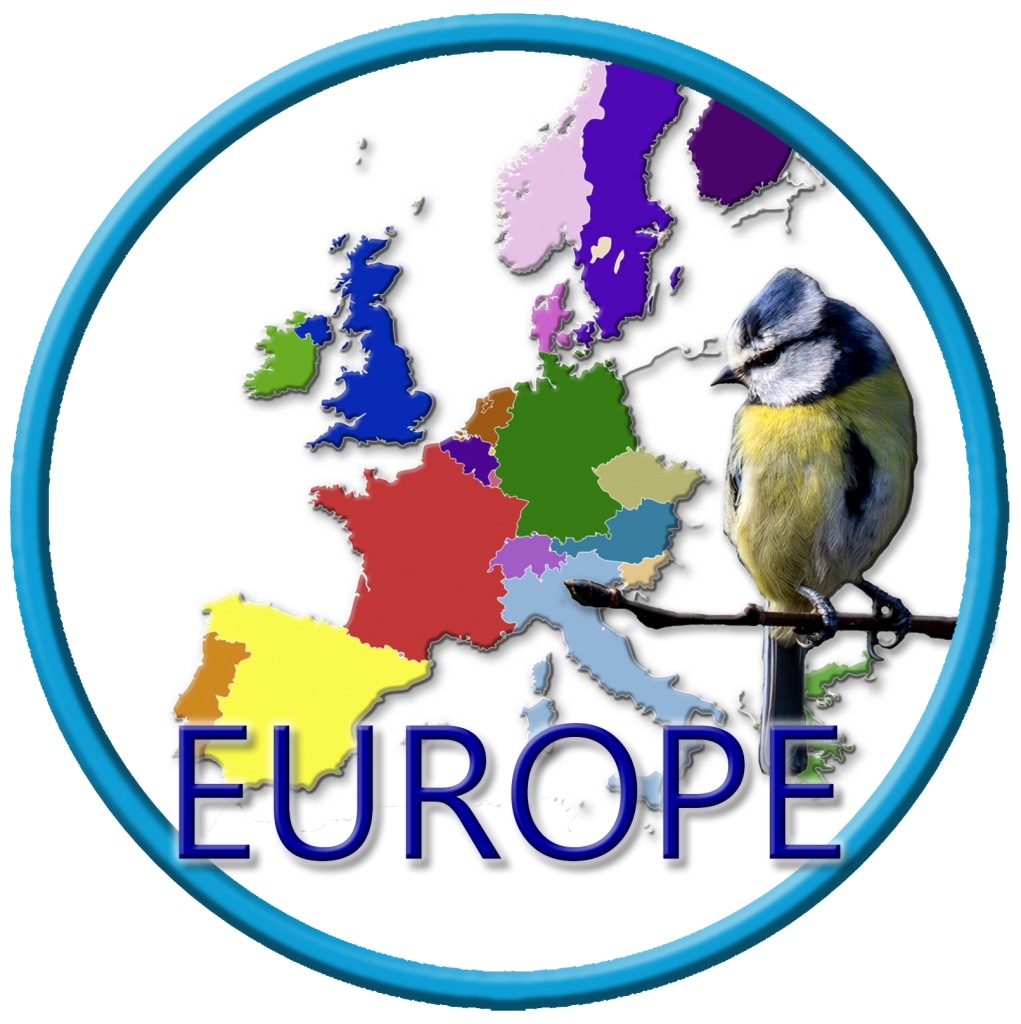
Western Europe Birds & Birding (#7/52): From the Highland Willow Scrub of Scotland to the Aegean Islands in the Sea of Crete, Western Europe is home to over 800 resident, migratory and vagrant birds. From songbirds to gamebirds and from waterfowl to raptors, you can find birds virtually in every nook and cranny of this beautiful area. *All images showcased in this blog series were taken and edited by me.
A Reflections of the Natural World Blog Post Series by Jim Gain

Physical Characteristics:
The Great Crested Grebe is a fascinating species of water bird that is well-known for its spectacular courtship displays and characteristic head crests. It is the largest member of the grebe family found in the Old World, with some larger species residing in the Americas.
Physically, this medium-sized bird has an average length of 40-45cm, and a wingspan of about 70cm. Its body is mainly dark greyish brown with a white belly. The head is adorned with a striking black and white crest. This bird is further identified by its long, pointed beak and white cheeks and chin.

Diet:
When it comes to diet, the Great Crested Grebe feeds mainly on small aquatic animals, such as crustaceans, mollusks, aquatic insects, and small fish. They forage primarily by diving underwater and scouring for food. During the summer, they may also feed on terrestrial insects.

Abundance and Distribution:
In terms of abundance and distribution, the Great Crested Grebe can be found in wetlands, lakes, rivers, and other bodies of water across much of Europe and Asia, as well as in parts of Africa and North America. It prefers habitats with plenty of aquatic vegetation, such as reed beds, so they are often found near the edges of water. They usually avoid large open bodies of water, such as large lakes and estuaries. The Great Crested Grebe is a relatively social bird and can be seen in small flocks of up to 10 birds.

IUCN Red List Status:
As for its conservation status, the Great Crested Grebe is listed as Least Concern on the IUCN Red List, and is considered to be in good health globally. However, their populations have decreased slightly due to the destruction of wetlands, introduction of non-native species, and illegal hunting. In some parts of Europe, it is still legally hunted for food.

GREAT CRESTED GREBE WAS LIFER # 782
